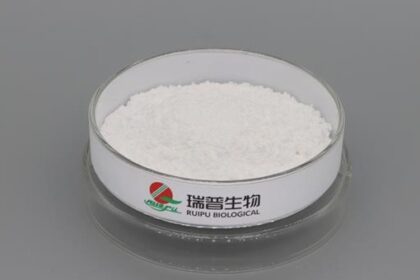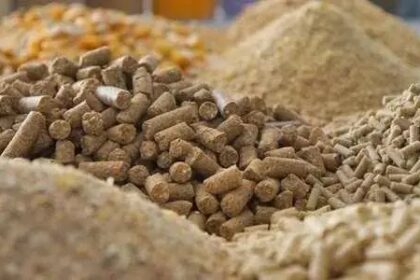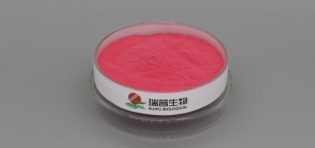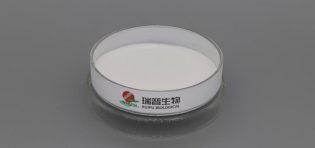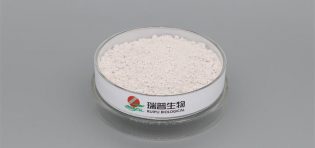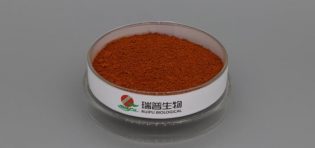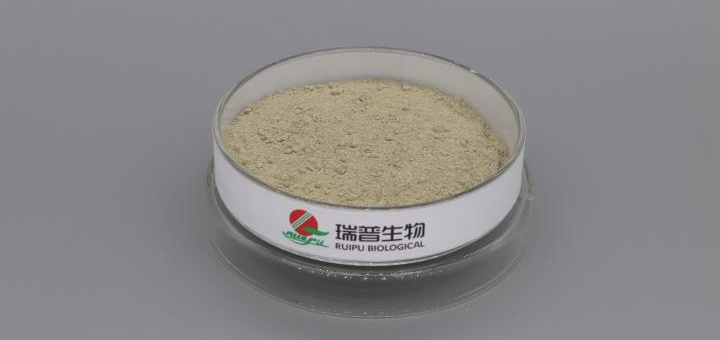
Ferrous gluconate, as a commonly used iron supplement, is widely applied in food, pharmaceuticals, and formulas for special medical purposes. Its quality control should focus on key indicators such as purity, impurity limits, and stability to ensure safety and effectiveness. The following are the key points of its quality control and commonly used detection methods:
I. Key Quality Control Indicators
Content Determination
The content of ferrous gluconate is a core indicator, which must comply with pharmacopoeias or relevant standards (such as the Chinese Pharmacopoeia, USP, EP). Generally, it is required that the content of C₁₂H₂₂FeO₁₄, calculated on the dried basis, shall not be less than 97.0%.
Principle: Based on the reducibility of ferrous ions (Fe²⁺), redox titration is used for determination. Fe²⁺ is easily oxidized to Fe³⁺ by oxidizing agents (such as potassium permanganate, cerium sulfate), and the content is calculated by the volume of oxidizing agent consumed at the titration endpoint.
Characteristics: The method is simple and highly accurate, suitable for routine detection of batch samples.
Impurity Control
Acidity: The pH value of ferrous gluconate aqueous solution must be controlled within 3.7-6.0 (Chinese Pharmacopoeia standard). Excessively high or low pH may affect stability or cause gastrointestinal irritation. The detection method is direct potentiometry to measure the pH value of the solution.
Chlorides: The limit is usually not more than 0.014%, determined by turbidimetric comparison with standard sodium chloride solution under nitric acid acidic conditions.
Sulfates: The limit is not more than 0.03%, determined by barium sulfate turbidimetry, comparing the turbidity generated by the sample with that of the standard potassium sulfate solution.
Iron salts (Fe³⁺): Fe³⁺ in ferrous gluconate is an oxidation impurity, with a limit generally not exceeding 2.0%. For detection, Fe³⁺ reacts with ammonium thiocyanate to form a blood-red complex, and the content is quantified by colorimetry compared with a standard Fe³⁺ solution.
Heavy metals: Such as lead and arsenic, the limits must comply with pharmaceutical or food-grade standards (e.g., lead ≤0.0005%). Commonly used methods are sulfide colorimetry or atomic absorption spectroscopy (AAS).
Loss on Drying
Ferrous gluconate is hygroscopic, so the loss on drying (dried at 105°C to constant weight) must be controlled to not exceed 11.0% (Chinese Pharmacopoeia) to ensure product stability and content accuracy. The detection method is oven drying, calculating the weight loss rate by the mass difference before and after drying.
Stability
Fe²⁺ in ferrous gluconate is easily oxidized to Fe³⁺, causing the product to change color (from light green to brownish yellow) and reducing bioavailability. Accelerated tests (e.g., storage at 40°C and 75% relative humidity for 3 months) or long-term stability tests are required to monitor changes in content, color, and impurity growth, evaluating the suitability of storage conditions (such as protection from light, sealing, and dryness).
II. Commonly Used Detection Methods
Titration Analysis
Potassium permanganate method: Under sulfuric acid acidic conditions, titrate ferrous gluconate solution with potassium permanganate standard solution. Fe²⁺ is oxidized to Fe³⁺, and potassium permanganate is reduced to Mn²⁺. The endpoint is when the solution turns slightly red and remains for 30 seconds. The content is calculated by the reaction equation (5Fe²⁺ + MnO₄⁻ + 8H⁺ → 5Fe³⁺ + Mn²⁺ + 4H₂O).
Cerium sulfate method: Using phenanthroline as an indicator, titrate with cerium sulfate standard solution. Fe²⁺ is oxidized to Fe³⁺, and the endpoint is indicated by the color change of the indicator from red to light blue. This method has less interference and is suitable for samples with fewer reducing impurities.
Spectroscopy
UV-visible spectrophotometry: Utilize the reaction of Fe²⁺ with specific chromogenic agents (such as phenanthroline) to form a stable orange-red complex. The absorbance is measured at 510 nm, and the content is calculated by comparing with a standard curve. This method has high sensitivity and is suitable for the determination of low-concentration samples or trace iron.
Atomic absorption spectroscopy (AAS): Quantitatively analyze the total iron content by measuring the absorbance of Fe element at its characteristic wavelength (248.3 nm). It can also be used for the detection of impurity iron salts or heavy metals, with high accuracy and specificity.
Chromatography
High-performance liquid chromatography (HPLC): For the molecular structure of ferrous gluconate, ion exchange chromatography or reversed-phase columns are used, with an appropriate mobile phase (such as phosphate buffer) for separation, and detection by UV detector or electrochemical detector. It is suitable for qualitative and quantitative analysis of ferrous gluconate in complex matrices, avoiding interference from other components.
Physicochemical Identification
Identification of ferrous ions: Add potassium ferrocyanide test solution to the sample solution, forming a deep blue precipitate (Turnbull's blue); or add phenanthroline test solution, showing an orange-red color.
Identification of gluconate: The sample is hydrolyzed with sulfuric acid to generate glucose, then heated with alkaline copper tartrate test solution, producing a red cuprous oxide precipitate, confirming the presence of gluconate.
III. Notes
Oxidation Protection: During detection, avoid oxidation of Fe²⁺ by air. Reducing agents such as ascorbic acid can be added to the solution, or operations can be performed under inert gas (such as nitrogen) protection.
Matrix Interference: For samples containing other reducing components (such as vitamin C), titration methods may be interfered with, and separation methods such as HPLC should be used for exclusion.
Standard Compliance: Detection methods must comply with pharmacopoeia standards of the target market (such as USP 43-NF 38, EP 10.0, Chinese Pharmacopoeia 2020 edition) to ensure the results are recognized.
Through the comprehensive application of the above indicator controls and detection methods, the quality of ferrous gluconate can be effectively guaranteed, meeting the safety requirements for its use in food and pharmaceutical fields.

